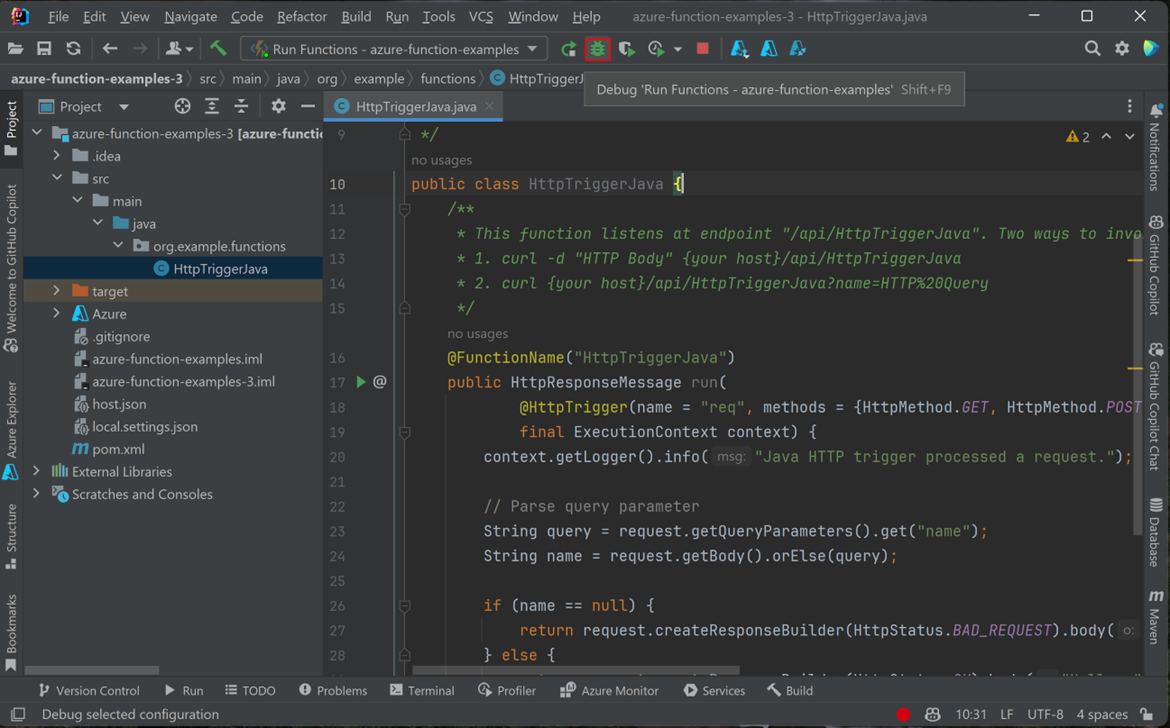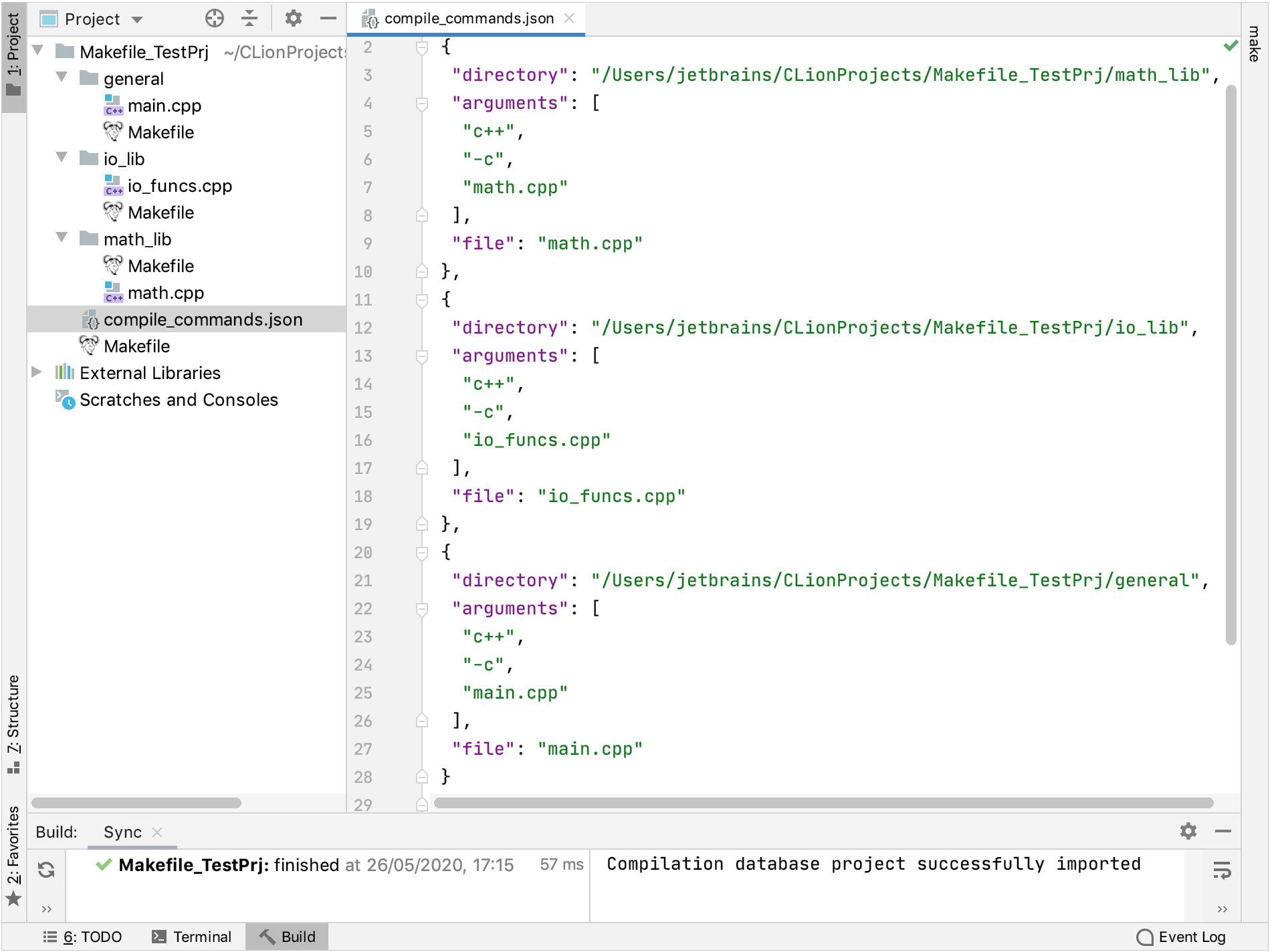
while (true) else if (pathEvent.kind() = StandardWatchEventKinds. For this example, we’re just printing out some information about what’s going on, but in a real application we might spin off another thread to do some processing on the file or fire off a notification of some type.Īt the end, we reset the event WatchKey and if it’s no longer valid we break out of our loop. Once we have our Path, we can find things out about the file such as it’s name and content type. If we’ve got something, we poll its events and process them depending on their kind.įor our event, we can get the Path out of the context. If nothing has happened, our WatchKey is null and we just keep looping.

Let’s have a look at using the poll method now. take – retrieves and removes the next key, but unlike poll, it waits if none are available.Units of timeout are specified by the TimeUnit. poll( timeout, TimeUnit) – like poll, but waits until the timeout is reached.

poll – retrieves (and removes) the next watch key.Once we’ve got our WatchService set up, we use one of its three methods to check for events: WatchKey watchedKey = watchDir.register(watcher, Path watchDir = FileSystems.getDefault().getPath(WATCHED_DIR) WatchService watcher = FileSystems.getDefault().newWatchService() OVERFLOW – we don’t need to explicitly monitor for this kind which occurs when events may have been list or discarded.ENTRY_CREATE – a resource was created in our monitored directory.When we register our WatchKey, we specify the types of StandardWatchEventKinds we want to monitor:

Then we get a specific WatchKey for our resource. We start by registering a WatchService on our file system. The Watch Service API was introduced in Java 7 and allows us to register any file system resource that implements the Watchable interface and receive notifications for changes. This is a follow on to recent Java Basics posts on Java Basics: File I/O, Java Basics: NIO Files and Java Basics: Custom File Filter. In this next installment of the Java Basics series, we’ll keep going with File I/O theme. The capture group determines the name of the dataset, so that "StudyA_LabResults.tsv" becomes the dataset "LabResults".Using the Watch Service API to Watch for File System Changes Files are moved, and the data imported, to the StudyA folder. tsv/.xls files with "StudyA_" prefixed to the file name. This substitution allows the administrator to determine the destination folder based on the name, ensuring that the data is uploaded to the correct location.Ī file watcher that matches. For example, to watch for changes in any text files, set the Filter property to '.txt'. You can also watch for changes in a certain type of file. For example, to watch for changes in the file MyDoc.txt, set the Filter property to 'MyDoc.txt'. Import/reload study datasets using data file.Ĭonsider a set of data with original filenames matching a format like import/ (or similar) To watch a specific file, set the Filter property to the file name. When the trigger is enabled, datasets will be created and loaded in your study.The default file pattern will be used, which is (^\D*)\.(?:tsv|txt|xls|xlsx) Note that this file pattern will not match file names which include numbers. Create a trigger to Import/reload study datasets using data file.Upload the file into the study's File Repository.The name of your file should not include any numbers, only letters. Prepare your Excel/TSV files to match the expectations of your study, especially, time point-style (date or visit), ParticipantId column name, and time column name.(It is important that you do this before saving the file watcher configuration.) In the File web part create a directory named 'watched'.Suppose you want to create a set of datasets based on Excel and TSV files, and load data into those datasets. Example: Capture both the Folder Destination and the Dataset Name.This topic includes some examples of using file watchers. Premium Feature - Available with all Premium Editions of LabKey Server.


 0 kommentar(er)
0 kommentar(er)
